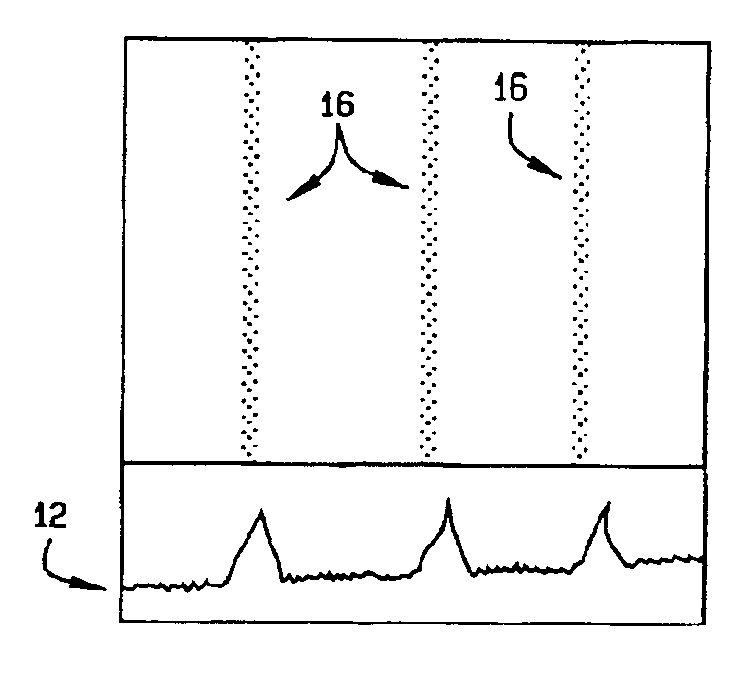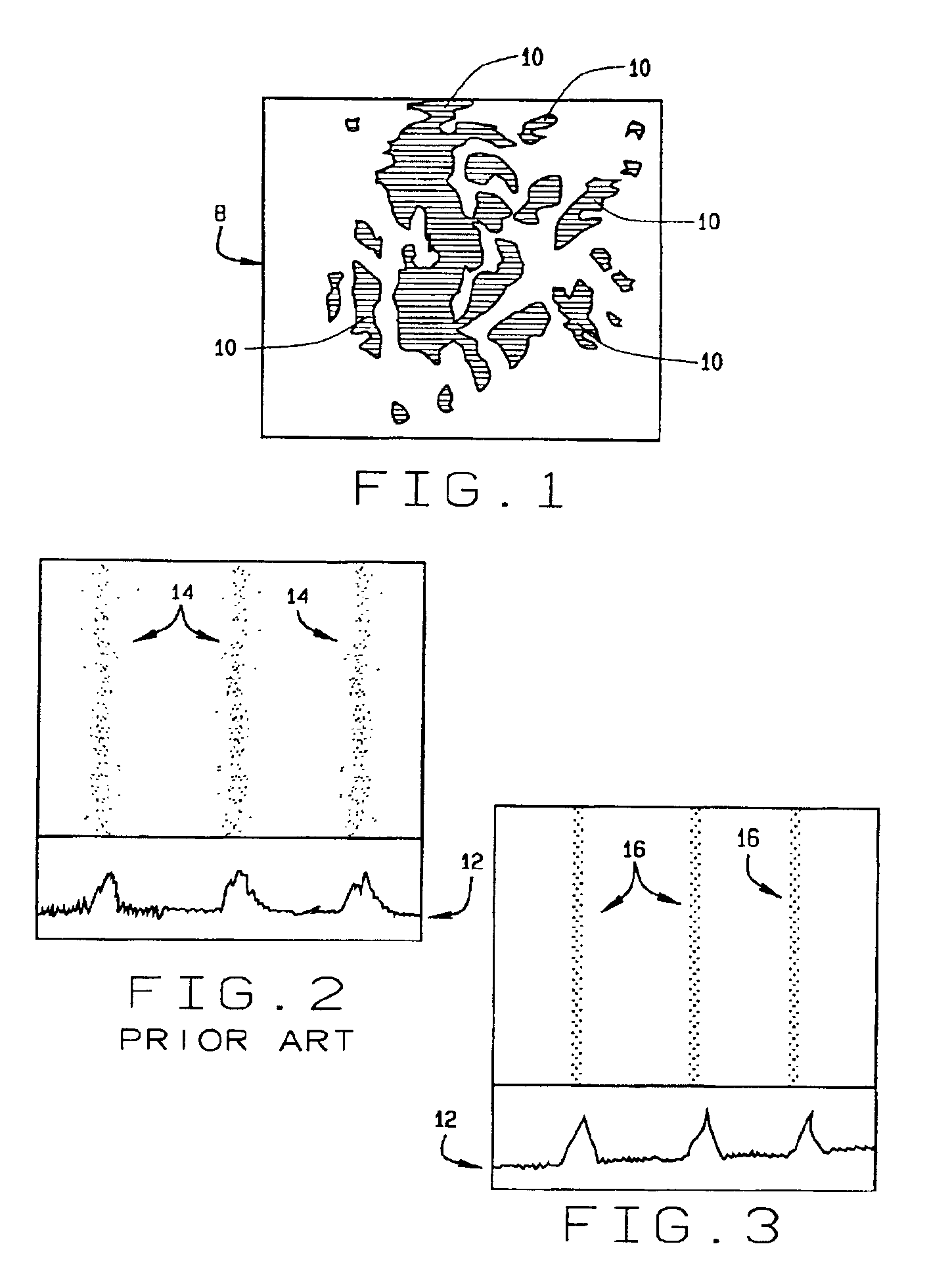Three dimensional sensor laser noise reduction method
a three-dimensional sensor and laser noise reduction technology, applied in the direction of distance measurement, height/levelling measurement, instruments, etc., can solve the problems of limiting the system performance, adding additional sources of error, reducing the available light energy received by the detector, etc., to reduce speckle noise, eliminate mechanical motion errors, and maximize the effect of detectable laser ligh
- Summary
- Abstract
- Description
- Claims
- Application Information
AI Technical Summary
Benefits of technology
Problems solved by technology
Method used
Image
Examples
Embodiment Construction
[0012]The following detailed description illustrates the invention by way of example and not by way of limitation. The description clearly enables one skilled in the art to make and use the invention, describes several embodiments, adaptations, variations, alternatives, and uses of the invention, including what is presently believed to be the best mode of carrying out the invention.
[0013]Laser light reflected and scattered from the surface of an object 8 is perceived by detectors in an optical measurement system as individual points or spots 10 of light and dark contrast, known as “speckle”, shown in FIG. 1. Classic “speckle” noise is a light interference phenomena dependent upon the wavelength and aperture size of the viewing system. Therefore, a low lens f-number on the detector typically reduces the size of observed speckles 10. For example, a f / 2 lens system produces speckles 10 which are approximately 2.3 microns in size, from light projected onto a uniform scattering surface s...
PUM
 Login to View More
Login to View More Abstract
Description
Claims
Application Information
 Login to View More
Login to View More - R&D
- Intellectual Property
- Life Sciences
- Materials
- Tech Scout
- Unparalleled Data Quality
- Higher Quality Content
- 60% Fewer Hallucinations
Browse by: Latest US Patents, China's latest patents, Technical Efficacy Thesaurus, Application Domain, Technology Topic, Popular Technical Reports.
© 2025 PatSnap. All rights reserved.Legal|Privacy policy|Modern Slavery Act Transparency Statement|Sitemap|About US| Contact US: help@patsnap.com


